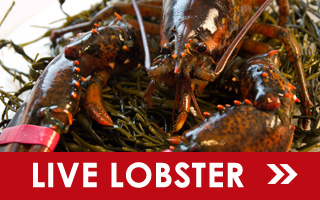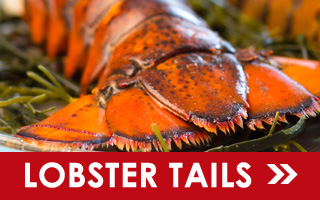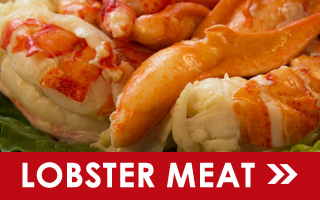One of the oldest industries in North America, lobster fishing began in the early colonial times when the crustaceans could be found in large numbers along the coast of Maine. Often used for bait and fertilizer, lobsters were rarely eaten since it was difficult to get enough ice to store them after being caught.
In the 1820s, a special fishing boat – called a smack – was developed to hold live lobsters. The smack contained a wet well that circulated sea water and made carrying live species to Boston and New York a quick and affordable process. Around the same time, companies perfected the canning technique and in the 1840s the Underwood Company began canning lobster meat. These events led to the overfishing of lobsters and the creation of strict regulations against the harvesting of female lobsters, as well as a shortened fishing season.
With over 70 marine species harvested regularly in Maine, fishing plays a huge and important role in Maine’s culture and infrastructure. Until 1996, lobster fishing was only a commercial venture, but now a license can be purchased for the recreational fishing of lobster. To obtain this license, a test must be taken to ensure all fishermen and women understand the regulations of lobster fishing.
Maintaining our Maine ecosystem is an important part of fishing for lobster here in Cape Porpoise. To learn more about the history of lobster fishing and fishing regulations visit Penobscot Marine Museum or the DMR.
Interested in eating a fresh lobster for dinner tomorrow night? Place an order online or by calling 1-800-967-4268. We ship live lobsters and fresh lobster meat overnight daily!




